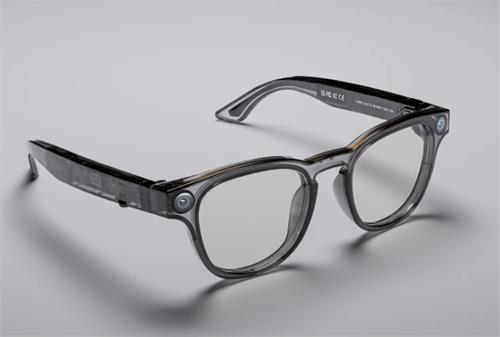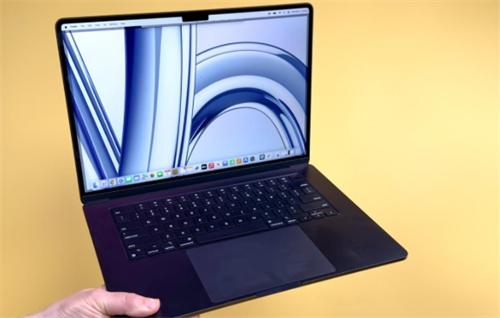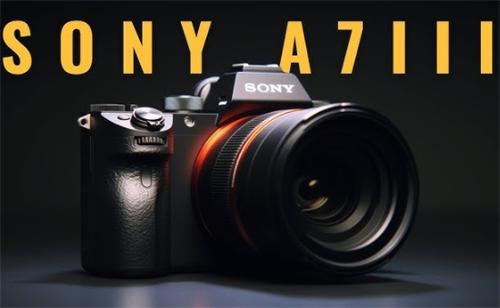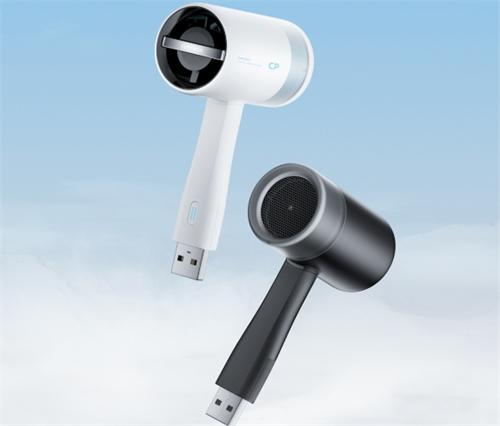How to Choose the Right Memory Card?

For photography enthusiasts, professional videographers, and gamers, having the right memory card remains an essential part of any setup. With the overwhelming variety of CF, SD, and Micro SD cards available on the market, how do you choose one that meets your needs without overspending?
Understanding the Types of Memory Cards:
First, it's important to understand the different types of memory cards. The three main formats currently in use are CFexpress, SD, and Micro SD.
CFexpress cards deliver top-tier speed and are primarily found in professional DSLRs and mirrorless models, while SD cards remain the go-to option for most consumer and enthusiast cameras.
Micro SD cards are primarily used in compact devices like action cameras and drones.
Decoding Card Labels and Specifications:
Labels like SDHC and SDXC indicate different storage capacities. SDXC cards can hold up to 2TB of data and are the most commonly used type today.
Speed classes such as U1, U3, V30, etc., refer to different performance levels.
An A1 or A2 rating indicates good random read/write performance, which is beneficial for smartphones and gaming devices.
Prioritize Write Speed Over Read Speed:
When shopping for a memory card, pay close attention to the difference between read speed and write speed. Many manufacturers highlight the read speed—such as “up to 200MB/s”—but in real-world use, write speed is often more critical. Especially during continuous shooting or video recording, insufficient write speed can cause lag or even recording failure.
For best results, look for cards with V30, V60, or higher video speed class ratings. These give a more accurate picture of a card’s real-world performance.
Match the Card to Your Device:
Different devices have different demands for memory card performance:
Basic point-and-shoot cameras can perform well with U1-rated cards.
4K video requires at least a V30 card.
Recording 8K video or shooting in high-speed bursts requires high-performance cards like V60 or V90.
For action cameras and drones, Micro SD cards with A2 ratings are recommended for stable random read/write performance.
Choose Reliable Brands and Channels:
It's also important to buy from reputable brands and official channels. Stick to trusted names like Samsung, SanDisk, and Sony, and avoid suspiciously cheap deals. Fake or “expanded” cards—which claim a large capacity but offer far less usable space—are still common on the market. Before buying, it’s wise to check professional reviews to gauge real-world performance.
Looking Ahead: Evolving Memory Card Technology
CFexpress Type B cards, for example, use PCIe interfaces and can reach speeds up to 4000MB/s, setting a new standard for professional photography. Meanwhile, memory cards with wireless transfer capabilities are beginning to emerge, making workflows more efficient.
It’s clear that memory cards will continue to be indispensable accessories in the professional imaging world for years to come.
Recommendations by User Type:
Everyday users: Consider high-value options like the Samsung EVO Plus.
Video creators: The SanDisk Extreme Pro series offers great performance.
Professional photographers: Look into the Sony TOUGH series or CFexpress cards for top-tier reliability and speed.
Recommended for you:








